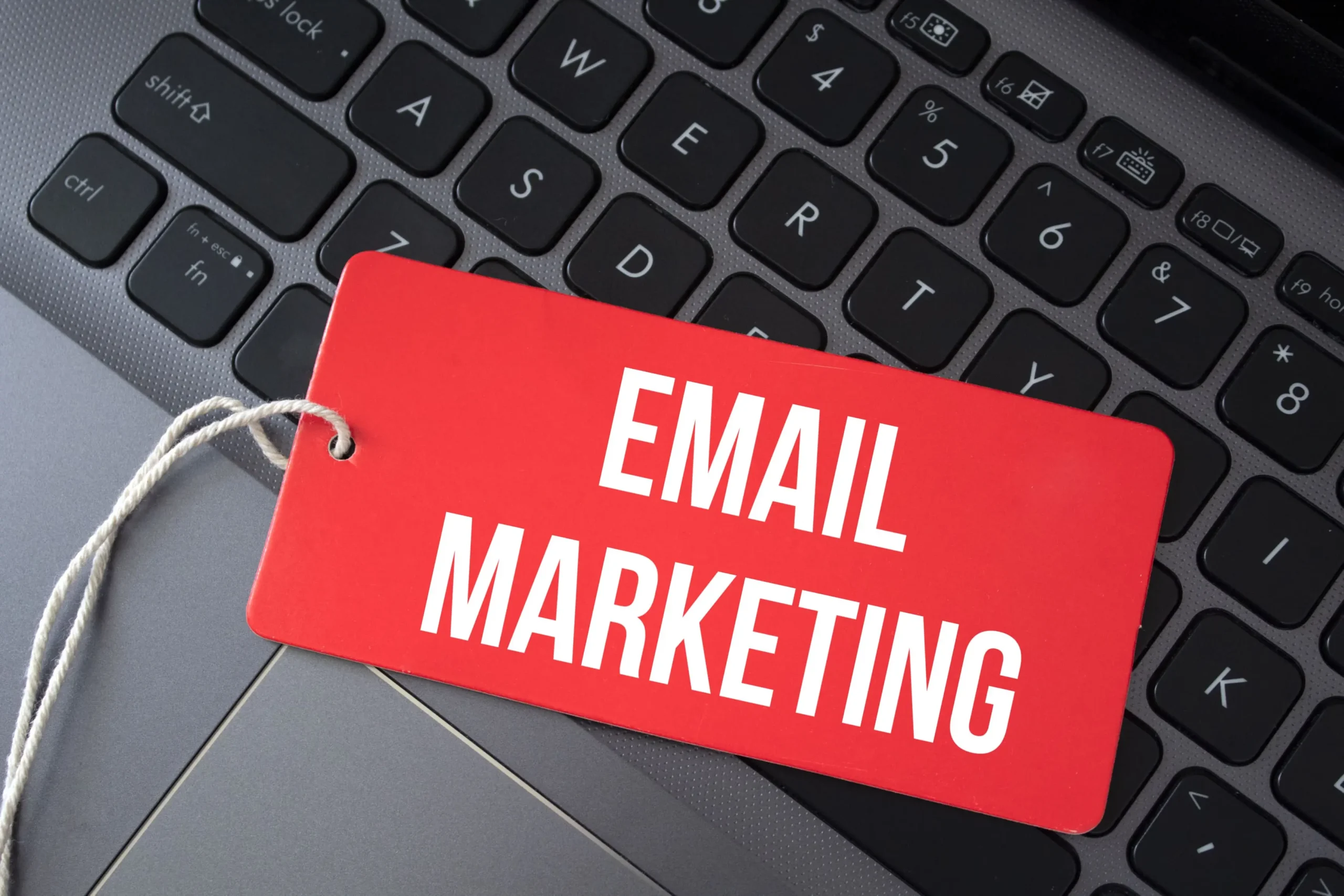The Ultimate Guide to Email Marketing
Email marketing remains one of the most powerful and cost-effective digital marketing strategies. With over 4 billion email users worldwide, businesses can leverage email marketing to build relationships, nurture leads, and drive sales. Whether you’re a small business, eCommerce store, or large enterprise, understanding how to create and optimize email campaigns can significantly improve customer engagement and revenue.
In this ultimate guide to email marketing, we’ll cover its benefits, strategies, best practices, and tools to help you craft successful campaigns.
What is Email Marketing?
Email marketing involves sending tailored, targeted emails to a specific audience to promote products, share valuable content, or foster leads. Unlike social media marketing, which relies on unpredictable algorithms, email marketing provides businesses with direct, reliable access to their audience’s inbox.
Why is Email Marketing Important?
- High ROI (Return on Investment): According to studies, email marketing generates an average of $42 for every $1 spent.
- Direct and Personalized Communication: Emails can be tailored to individual user preferences and behaviors.
- Automation and Scalability: Email automation allows businesses to send timely and relevant messages without manual effort.
- Builds Customer Loyalty: Regular email communication helps maintain engagement and trust with customers.
Types of Email Marketing
1. Promotional Emails
Promotional emails are designed to advertise products, services, or special offers. These emails include:
- Sales Announcements – Limited-time discounts or holiday promotions.
- New Product Launches – Introducing a new product or service.
- Exclusive Deals & Coupons – Offering discounts to loyal customers or new subscribers.
2. Transactional Emails
These emails are triggered by user actions, such as making a purchase or signing up for a service. Examples include:
- Order Confirmation Emails – Sent immediately after a purchase.
- Shipping Updates – Notifying customers about delivery status.
- Password Reset Emails – Helping users regain account access.
3. Welcome Emails
A welcome email is the first email a new subscriber receives. It sets the tone for future communication and often includes:
- A warm introduction to the brand.
- A special discount or incentive.
- Guidance on what to expect from future emails.
4. Drip Campaigns (Automated Email Sequences)
Drip campaigns send pre-written, automated emails over time to nurture leads or engage customers. Examples include:
- Lead Nurturing Sequences – Guiding potential customers through the sales funnel.
- Onboarding Emails – Helping users get started with a service.
- Cart Abandonment Emails – Encouraging users to complete their purchases.
5. Newsletter Emails
Newsletters keep subscribers updated with valuable content, industry news, or company updates. They often include:
- Recent blog posts and guides.
- Upcoming events and webinars.
- Personalized recommendations.
6. Re-engagement Emails
These emails target inactive subscribers to reignite their interest in your brand. Common strategies include:
- Offering a special discount for returning customers.
- Asking subscribers to update their preferences.
- Sending a We Miss You email.
How to Build an Effective Email Marketing Strategy
1. Define Your Goals
Before launching a campaign, clarify what you want to achieve:
2. Build a High-Quality Email List
A strong email list is crucial for success. Here’s how to grow your list organically:
- Add sign-up forms on your website.
- Offer a lead magnet (e.g., free eBook, discount code).
- Run giveaways or contests requiring email sign-ups.
- Use exit-intent popups to capture visitors before they leave.
3. Segment Your Audience
Email segmentation improves engagement by grouping subscribers based on their interests and behaviors. Segmentation types include:
- Demographics (age, location, gender).
- Purchase history (past buyers vs. new subscribers).
- Engagement level (active vs. inactive users).
4. Personalize Your Emails
Personalization increases open rates and engagement. Strategies include:
- Using the recipient’s first name in the subject line.
- Sending behavior-based emails (e.g., product recommendations).
- Offering tailored content based on previous interactions.
5. Optimize Email Subject Lines
The subject line determines whether an email gets opened. Best practices include:
- Keeping it under 50 characters.
- Creating urgency (e.g., “Limited Time Offer – Ends Tonight!”).
- Asking questions (e.g., “Looking for the Best Travel Deals?”).
- Using emojis sparingly to grab attention.
6. Create Engaging Email Content
The body of your email should be concise, engaging, and visually appealing.
- Use short paragraphs and bullet points.
- Include a clear call-to-action (CTA) (e.g., “Shop Now,” “Learn More”).
- Add high-quality images and buttons for better readability.
7. Optimize for Mobile Users
Since over 60% of emails are opened on mobile devices, your emails must be mobile-friendly.
- Use a responsive design that adapts to all screens.
- Keep subject lines short and scannable.
- Use large, clickable buttons instead of small links.
8. Test and Optimize (A/B Testing)
A/B testing helps you determine which email elements perform best. You can test:
- Different subject lines.
- Various CTA placements.
- Personalization vs. non-personalized emails.
Best Email Marketing Tools
User-friendly interface.
- Pre-built email templates.
- Advanced segmentation and automation.
2. ConvertKit
- Designed for bloggers and content creators.
- Simple automation features.
- Tag-based subscriber segmentation.
- Powerful CRM integration.
- Automated email sequences.
- Detailed analytics.
- Advanced automation workflows.
- Email personalization features.
- Built-in CRM for lead management.
- Affordable pricing.
- SMS marketing integration.
- Real-time email analytics.
Common Email Marketing Mistakes to Avoid
- Buying email lists (leads to low engagement and spam complaints).
- Sending emails too frequently, causing subscribers to unsubscribe.
- Using generic, non-personalized content.
- Ignoring email deliverability (avoiding spam filters, ensuring authentication).
Conclusion
Email marketing is a powerful tool to engage your audience, nurture relationships, and drive sales. By using strategies like list segmentation, personalized content, and automation, your campaigns can deliver meaningful results that truly connect with your subscribers.
Whether you’re starting out or refining your skills, focusing on these email marketing practices can take your strategy to the next level. Begin building your email list and explore automation tools to make your campaigns more efficient.
Looking to elevate your email marketing game? Try one of the top email marketing platforms for free and watch your business grow!


